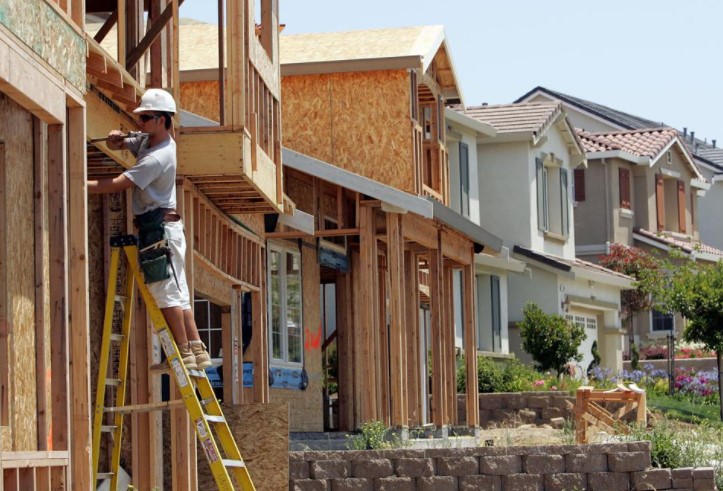Published by Forbes | July 27, 2021
There is no bubble to burst, though prices may retreat from panic-buying highs.
The current housing boom will flatten in 2022—or possibly early 2023—when mortgage interest rates rise. There is no bubble to burst, though prices may retreat from panic-buying highs.
The boom produced some frantic buying, bids in excess of asking prices, and plenty of worry among would-be homeowners. But this has not been a bubble. A bubble is not simply rising prices, but demand not justified by fundamental economic factors. The key to the buying boom has been low mortgage rates plus a shift in desired housing type.
Mortgage rates hit what was then an all-time low of four percent in 2011, and then remained in that neighborhood until the pandemic, when they hit three percent. The decline in mortgage rates in 2020 dropped the monthly payment on a house by 12 percent, enabling many people to buy houses now rather than later.
In addition to the low mortgage rates, some people saw a future of remote work and wanted more space, which often means moving out of an apartment into a single-family house. Others found urban living less fun, so they headed into the suburbs where houses are more common than apartments.
The increased demand for houses drove prices up, quite predictably. Yet the supply could not adjust as fast as demand. Home builders ramped up production in the second half of 2020, but after a few months they ran into supply constraints. Ready-to-build lots were all bought up, labor for construction was hard to find and social distancing made workers less productive. Now rising materials prices and goods on back-order squeeze profit margins. That’s how we find ourselves in the current housing boom.
But this boom is not a bubble, because the rise in prices is easily explained by the fundamentals of cheap mortgages and supply limitations. Recent housing starts are below historical averages, though that is justified by lower population growth. But with the shift from multifamily to single family housing, recent construction levels make sense. There need be no sudden drop in new construction to maintain a reasonable equilibrium.
When will the boom end? The two keys are satisfying the new demand and mortgage rates.
To learn more, continue reading.


